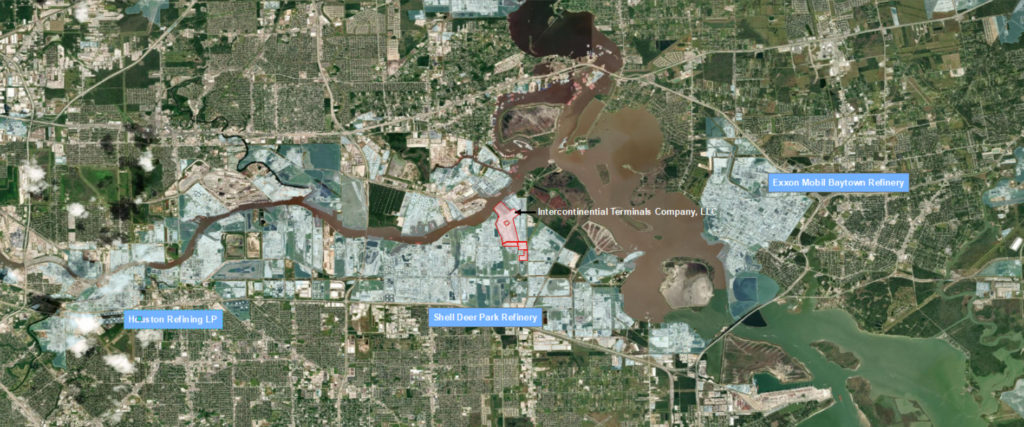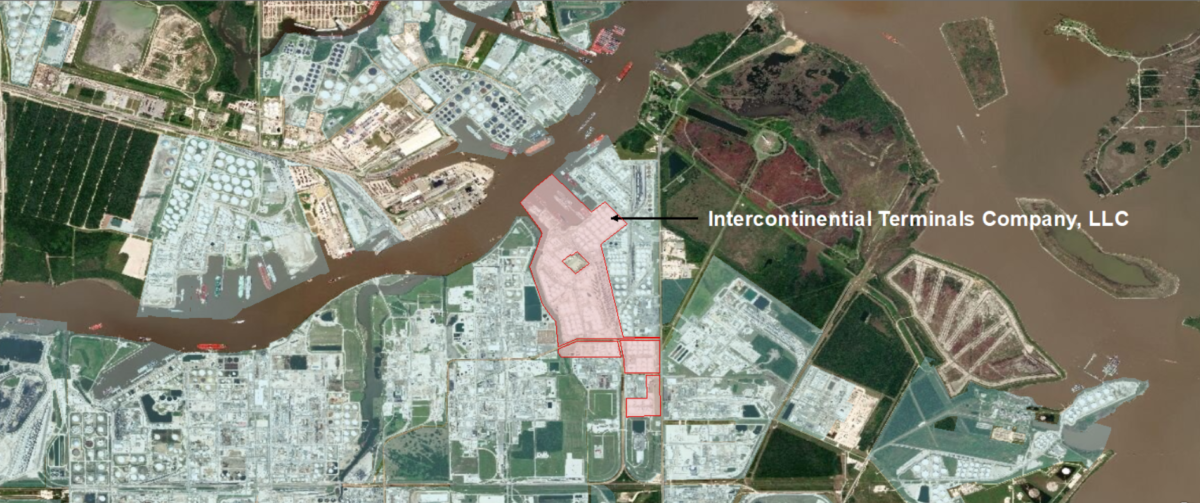When local, national, or world events occur, the press plays an important
On March 17th, there was a fire at the Intercontinental Terminals Company (ITC) facility in the Houston area. This fire was affecting several storage tanks and was quickly isolated to only six tanks. However, the fire continued to burn for several days. The general public concerned about how long the fire burned and the dark cloud that covered areas of the city during that time.
When a contaminant is spilled on the ground or release into a body of water or the atmosphere, if the contaminant cannot be contained or removed, or if it is too dangerous to contain or remove the main course of action is to reach sufficient dilution to reduce
Another concern expressed by the media is the elevated concentration readings reported by TCEQ. While the readings are of concern, one must consider that these readings are typically taken by a fence-line monitor. Readings close to the source of the pollution have not had an opportunity to disperse. A good rule of thumb is that concentration decreases based on the square of the distance.
Additionally, there is concern from exposure to the contaminants released in this event. While these contaminants are carcinogenic, those effects are typically from long-term exposure, not single events. The primary health concerns would be acute effects such as burning of the eyes and throat. During normal operation, the risk is low as the contaminants are contained.

